Renowned for her fearless coverage of conflicts, Addario reflects on the experience of documenting a silent epidemic of epic proportions
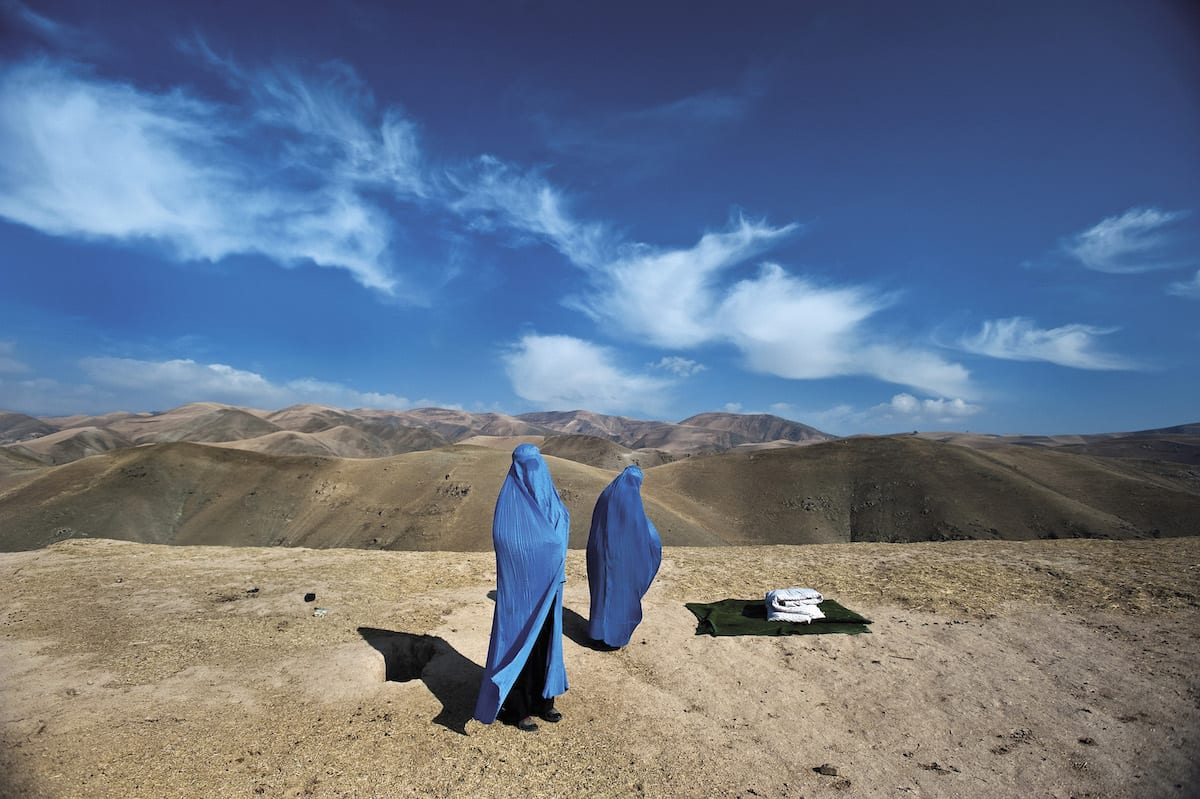

Renowned for her fearless coverage of conflicts, Addario reflects on the experience of documenting a silent epidemic of epic proportions
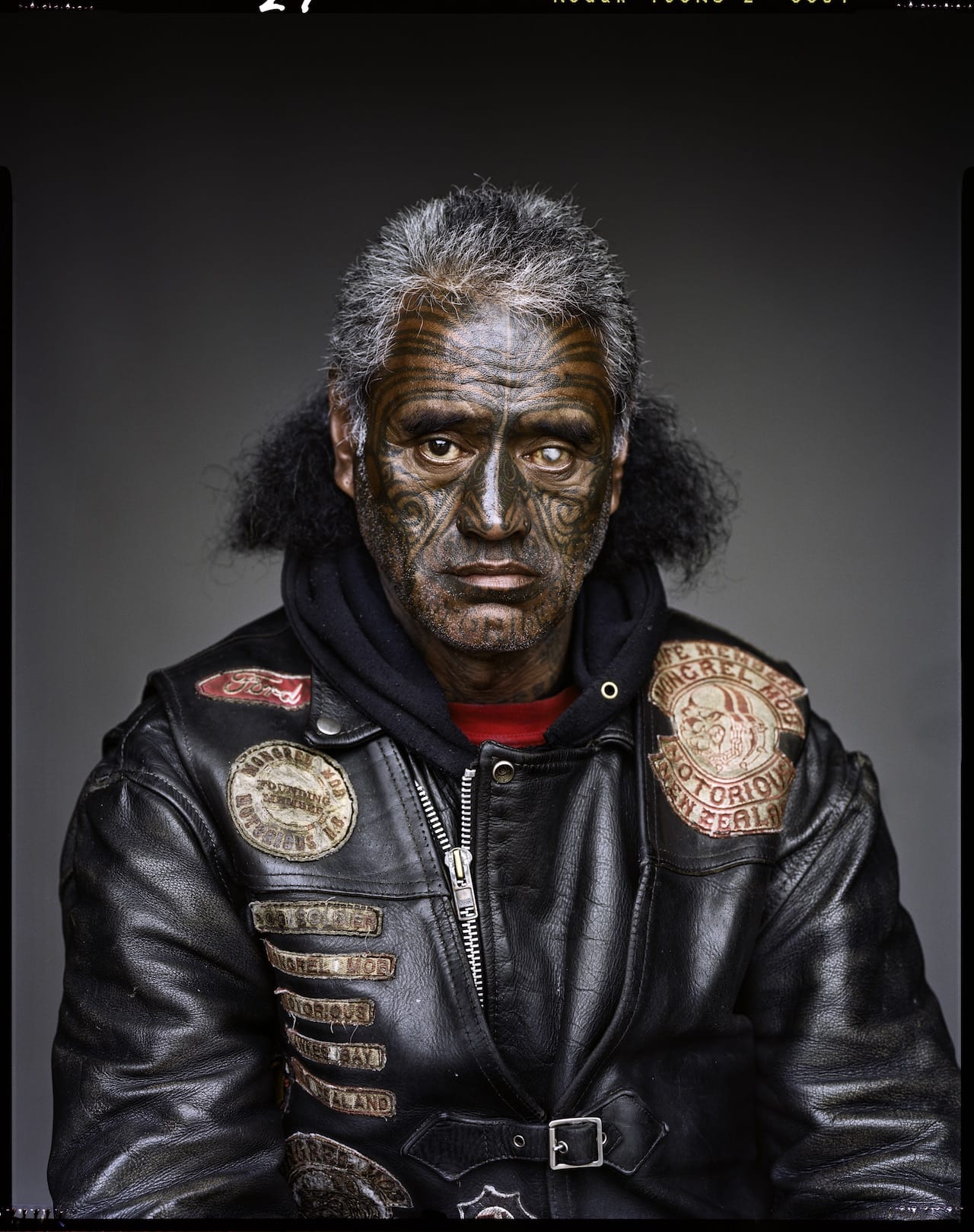
Arresting. Exquisite. Gripping. Chilling. Disgraceful. Unacceptable. These are all words people have used to describe portraits made by Jono Rotman. Created over the last decade, his project Mongrelism presents an intimate look at members of the Mongrel Mob – New Zealand’s largest, most notorious gang. Though he is looking at a subculture as an outsider – a domain regularly mined by photojournalists – Rotman eschews a traditional documentarian approach to his subject matter. In so doing, the project’s scope extends beyond the Mob itself to touch upon issues related to New Zealand’s charged colonial past and self-professed biculturalism, the politics and ethics of portraiture, and the intersections of seemingly disparate human experience.
The New Zealand-born photographer explains that since childhood, “I always felt certain violent and uneasy forces within my country”. In Lockups (1999-2005), Rotman photographed the interiors of prisons and psychiatric hospitals throughout New Zealand, exploring the medium’s ability to convey the fraught “psychic climate” embedded in these state-controlled institutions. The works are eerily devoid of people, a deliberate decision made, says Rotman, “because I wanted to encourage a direct, personal interaction with the spaces. With prisons, for example, as soon as you introduce people into the picture, it becomes easy to think, ‘Here’s the storyline: this place is for those sorts of people. And I can fit it all into my established worldview’.”
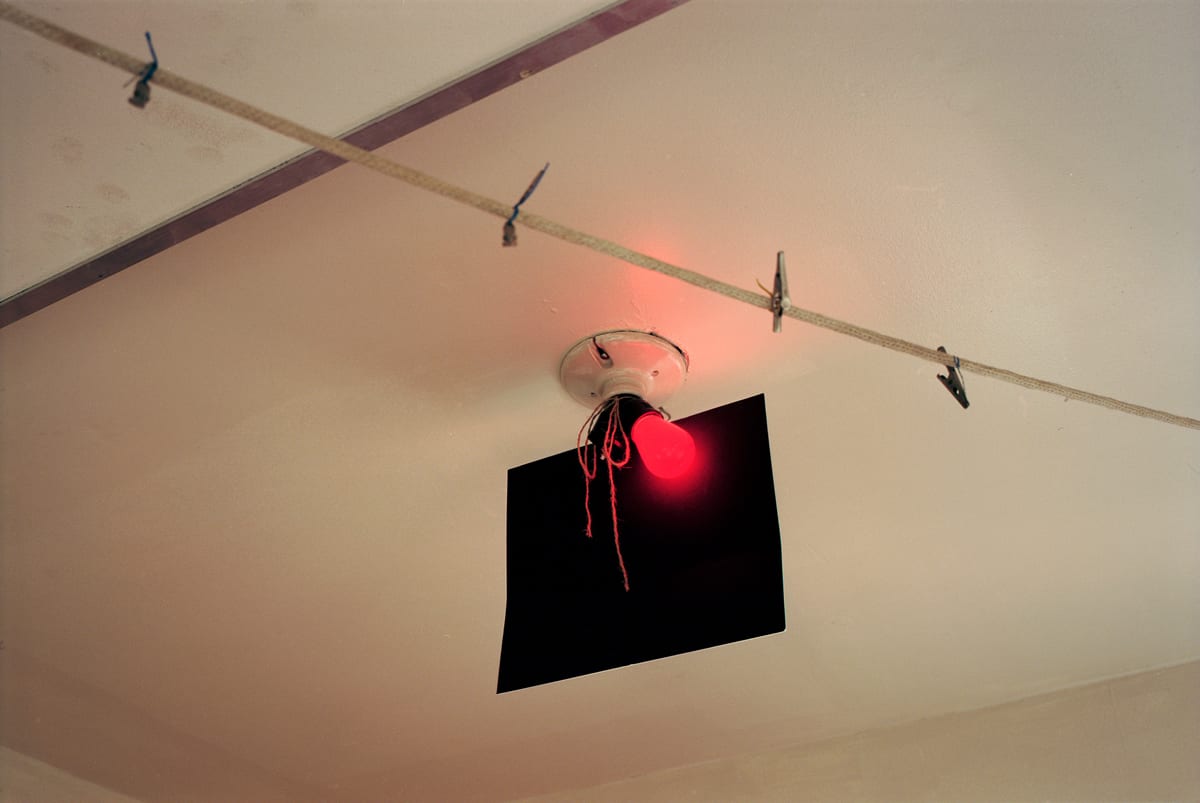
“The chap with the well-greased hair should be wanted never to touch photographic materials after combing his hair”
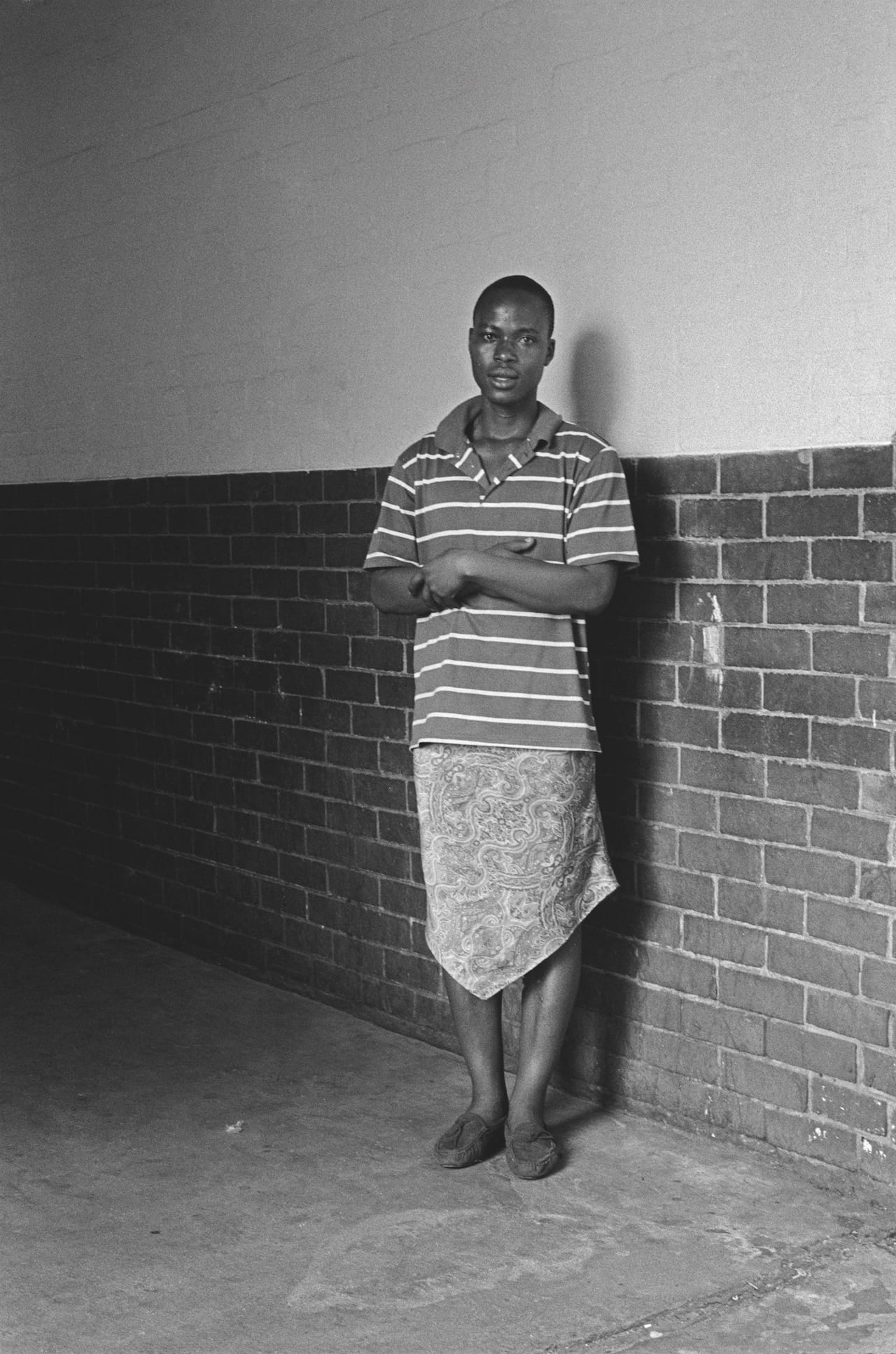
“I have still never seen the first work I made as a photographer,” says Sabelo Mangleni, who started his career as a delivery boy for a local photographer in his hometown in Driefontein, four hours drive east of Johannesburg. The photographer he worked for had been asked to shoot a wedding but, unable to attend herself, asked Mangleni to cover it – sending him off with a camera around his neck and a crash course in photography. After the wedding the newlyweds quickly picked out the images they wanted to remember their day with – so quickly, Mangleni never got to see them.
Still, the experience of looking for a good photograph and working with people from within a community, got him hooked, and in 2001 Mangleni moved to Johannesburg and joined the Market Photo Workshop. Set up by renowned documentary photographer David Goldblatt in 1989, this well-respected organisation supported young black photographers during apartheid South Africa.
It was an excellent start in photography, but arriving in Johannesburg, Mangleni felt alienated. “I couldn’t understand what people were saying,” he says, describing the struggle to communicate with people in English, which he was still learning at the time. To avoid speaking, he channelled his feelings into photographs of the buildings and architecture, which lead to his first, and ongoing, series Big City.
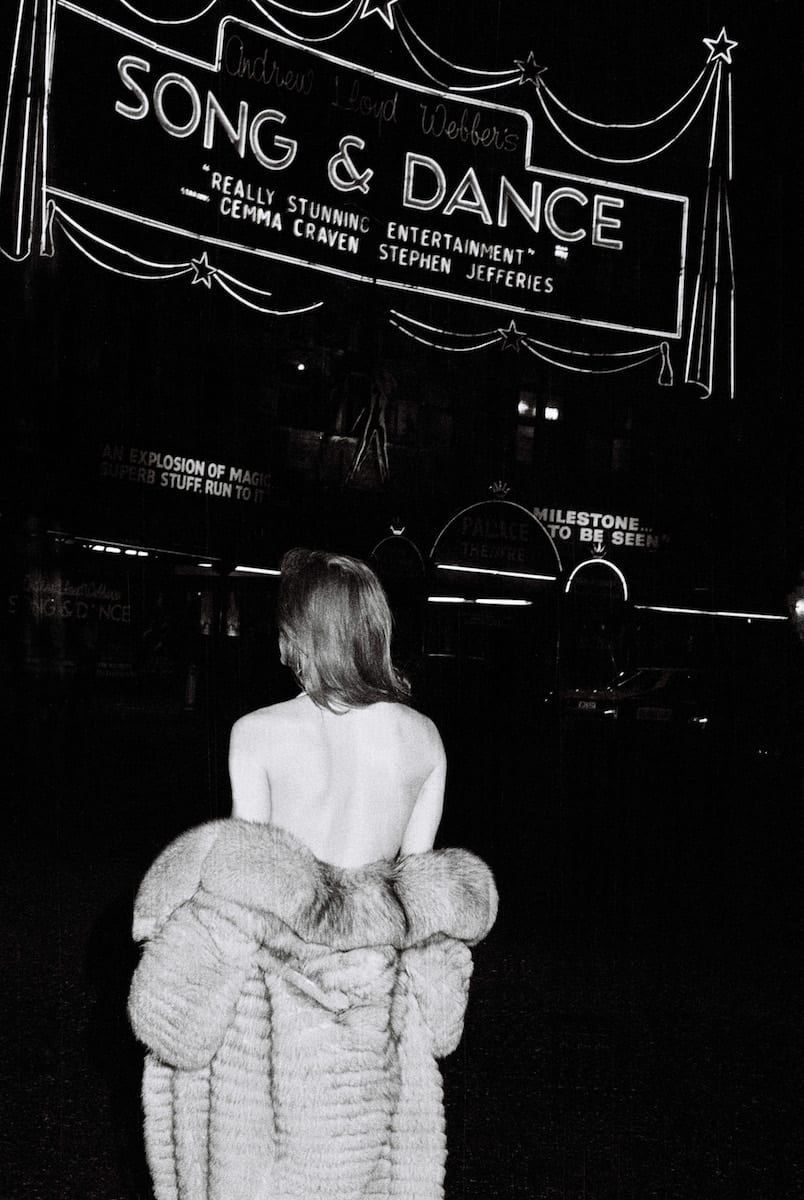
Journey through the capital after dark in a new FullBleed film exploring the Museum of London’s major photography exhibition

In our latest issue, Reframing History, we speak with Patrick Waterhouse about his project collaborating…

“I’m always picking things up and taking them home with me,” says Matthew Craven. “Just…
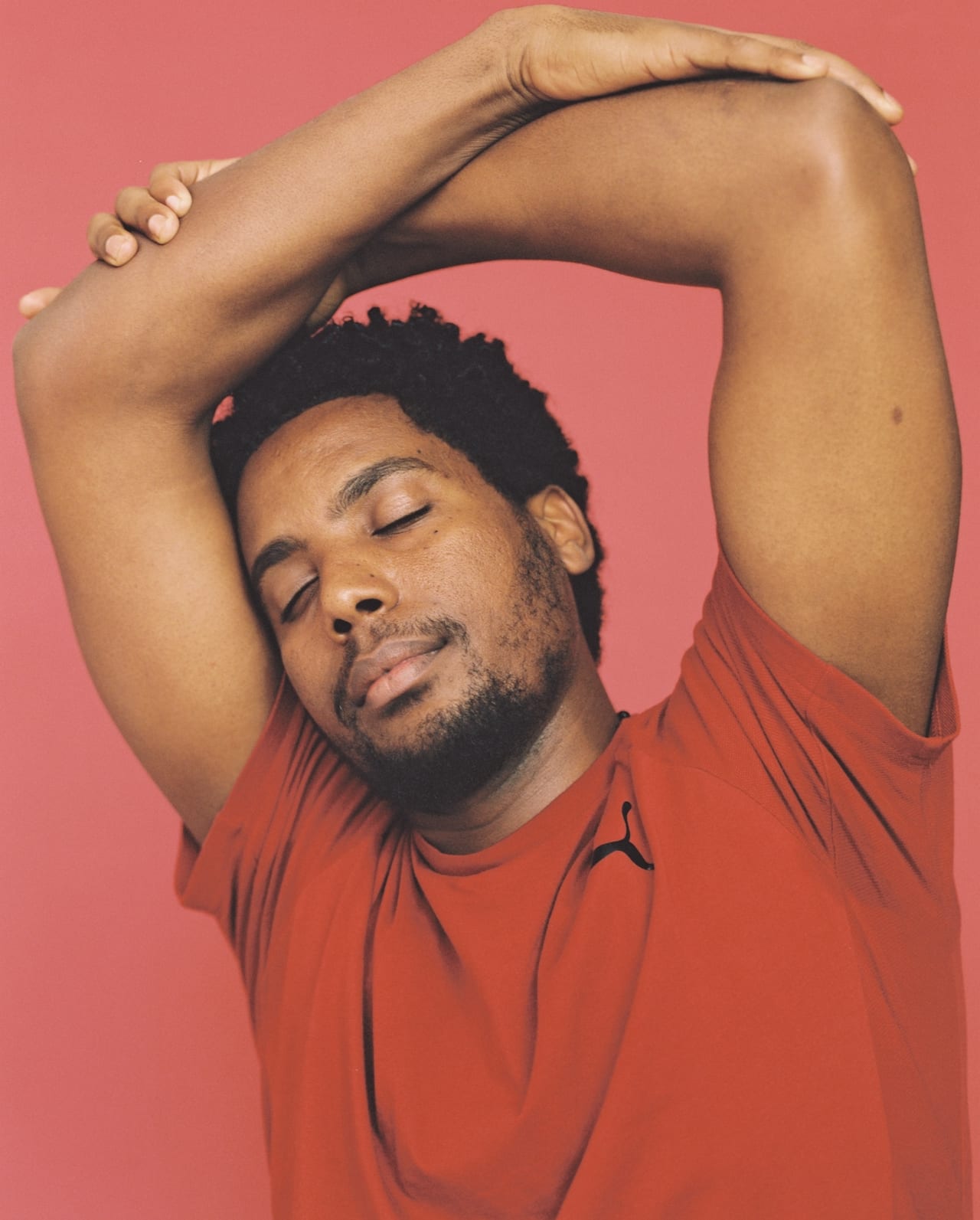
Yuel Elob just saved up to buy a fixie bike, “just for fun, because I love cycling so much”. Daniel loves music and DJ-ing. Bada Yusuf volunteered at Pride’s pop-up shop last year, and met a group of people who are now “all friends, and I have parties at my house”. They sound like typical young Londoners but their stories are anything but – war and persecution meant all three were forced to leave their countries, and start again from scratch in London. Even so all three have found jobs, and Yusuf has nearly finished a Masters.
They feature in an exhibition called Breaking Barriers, which aims to show “the dreams and challenges faced by refugees in the UK”. Co-curated by Rebecca McClelland, who spent seven years as a photographic editor at The Sunday Times Magazine before becoming the New Statesman’s first photographic lead, the show features portraits by world-famous image-makers such as Diana Markosian, Nick Waplington, Adam Broomberg and Oliver Chanarin.

As sales for retro products like vinyl records, brick mobiles and analogue film cameras grow, so too has interest in traditional printing techniques

“You’re always looking for that time where everybody forgets you’re there and becomes themselves. Surprisingly, they do, sometimes to the detriment of what you knew about them,” says Eugene Richards, who has devoted his career to documenting social injustice in America, and injecting himself into intensely personal situations.
Richards’ style is up-close and unflinching, “ironically it’s the process of becoming as not there as you possibly can, if you hang around long enough people don’t care”, he says. Though his photography has been described as poetic and lyrical, he has never thought of himself as an artist. “I went in with some knowledge of photography, but mostly with the idea of providing information,” he says.